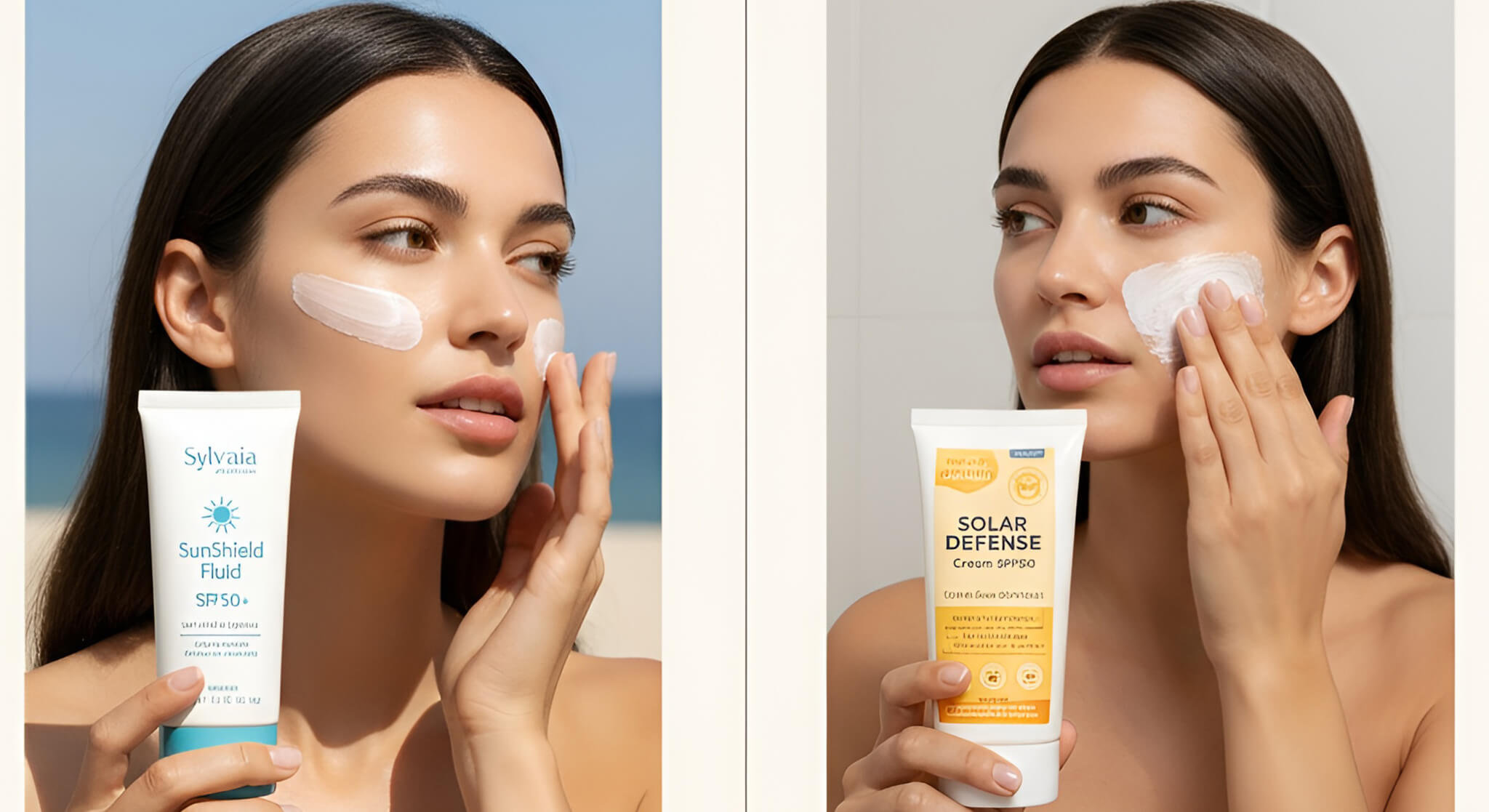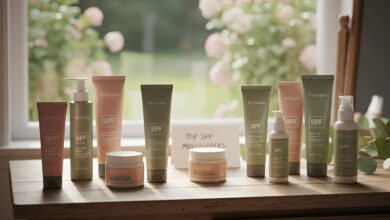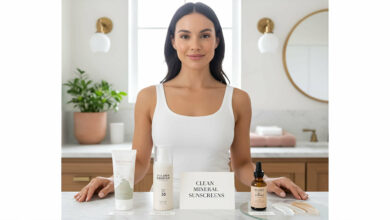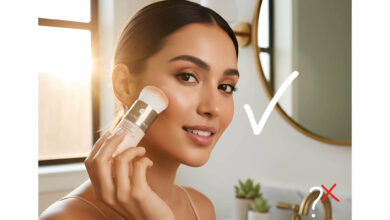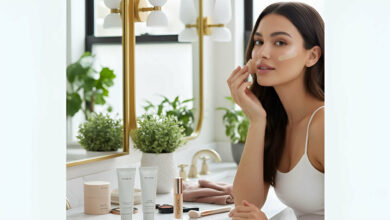Are European Chemical Sunscreens Better Than American Versions? An In-Depth Review
Table of contents
- The “Holy Grail” from Overseas: Why Skincare Enthusiasts Swear by European Sunscreens
- The Crucial Difference: The FDA vs. The European Commission
- The Technology Showdown: Old School vs. New Generation Filters
- The At-a-Glance Comparison Table
- The Verdict: A Clear Winner in Protection and Elegance
- The Final Word: Any Sunscreen is Better Than No Sunscreen
The “Holy Grail” from Overseas: Why Skincare Enthusiasts Swear by European Sunscreens
If you’re a skincare enthusiast, you’ve seen the rave reviews and heard the passionate whispers in online forums: European sunscreens are simply ‘better.’ Brands like La Roche-Posay sell what looks like the same product in the US and Europe, but savvy users claim the European versions are far superior. Is this just hype, or is there a real, scientific reason behind this ‘holy grail’ status?
What is the actual difference between a chemical sunscreen you buy in the US and one you buy in Europe? And does it truly matter for the health and aging of your skin?
The answer is a definitive yes, and the reason is a surprising difference in government regulation. We’re diving into the science of UV filters to explain why European sunscreens have a significant technological advantage.
The Crucial Difference: The FDA vs. The European Commission
The disparity in sunscreen technology comes down to one key distinction in how they are regulated.
The US Approach: Sunscreen as a “Drug”
In the United States, the Food and Drug Administration (FDA) classifies sunscreen as an over-the-counter (OTC) drug. This means any new UV filter ingredient must go through the same long, rigorous, and expensive drug approval process as a new medication. As a result of this slow and costly process, no new chemical sunscreen filters have been approved in the US for over 20 years.
The European Approach: Sunscreen as a “Cosmetic”
In the European Union, sunscreen is regulated as a cosmetic. While still held to very high safety and efficacy standards, the approval process for new UV filters is much faster and more streamlined. This has allowed European scientists to innovate and bring dozens of advanced, new-generation filters to market.
The Technology Showdown: Old School vs. New Generation Filters
This regulatory difference has created a major technology gap.
The American Arsenal (The “Old School”)
Most modern American chemical sunscreens rely on a filter called Avobenzone for UVA protection.
- The Problem: Avobenzone is notoriously unstable, meaning it degrades quickly when exposed to sunlight. After just an hour of sun exposure, an unstabilized Avobenzone formula can lose a significant amount of its protective power. To combat this, formulators must combine it with other stabilizing chemicals like octocrylene, which help to prevent its photodegradation and can sometimes make formulas feel heavier or greasier on the skin.
The European Arsenal (The “New Generation”)
European formulas can use a wide range of advanced, highly stable, and highly effective filters that are still not approved in the US. The most famous of these are Tinosorb S, Tinosorb M, Mexoryl SX, and Mexoryl XL.
- The Advantages: These new-generation filters are a game-changer.
- They are incredibly photostable (they don’t break down in the sun).
- They provide much more robust and reliable broad-spectrum protection, especially against the long-wave UVA rays that are the primary cause of collagen degradation and wrinkles & fine lines.
- They are often far more cosmetically elegant, allowing for incredibly lightweight, non-greasy formulas that feel like beautiful moisturizers.
The At-a-Glance Comparison Table
| Feature | US Chemical Sunscreens | European Chemical Sunscreens |
| Regulation | OTC Drug (FDA) | Cosmetic (EU Commission) |
| Key UVA Filters | Avobenzone | Tinosorb, Mexoryl, etc. |
| Filter Stability | Lower (Avobenzone degrades) | Very High (Modern filters) |
| UVA Protection | Good (but PPD rating not required) | Excellent (PPD/PA rating required) |
| Cosmetic Feel | Can be heavier/greasier | Often very lightweight & elegant |
The Verdict: A Clear Winner in Protection and Elegance
So, are European chemical sunscreens better than American versions? From a purely technological and formulation standpoint, yes, they are significantly better. Their use of advanced, more stable UV filters provides superior and more reliable UVA protection, which is the absolute key to any serious anti-aging skincare routine.
This is perfectly illustrated by the La Roche-Posay Anthelios line. The “Melt-in Milk” you buy in the US uses a different, older filter system than the “UVMune 400” version of the same product sold in Europe, which contains their cutting-edge Mexoryl 400 filter.
The Final Word: Any Sunscreen is Better Than No Sunscreen
While European sunscreens offer a clear technological advantage, the most important sunscreen is the one you will actually use consistently every single day. A well-formulated American sunscreen from a brand like Supergoop! that you love and apply liberally is far better for your skin than a “perfect” European sunscreen that you use sparingly because it was expensive or hard to get.
However, for those seeking the absolute best in anti-aging protection and cosmetic elegance, exploring European options from reputable online retailers is a very worthy investment in your skin’s future.
